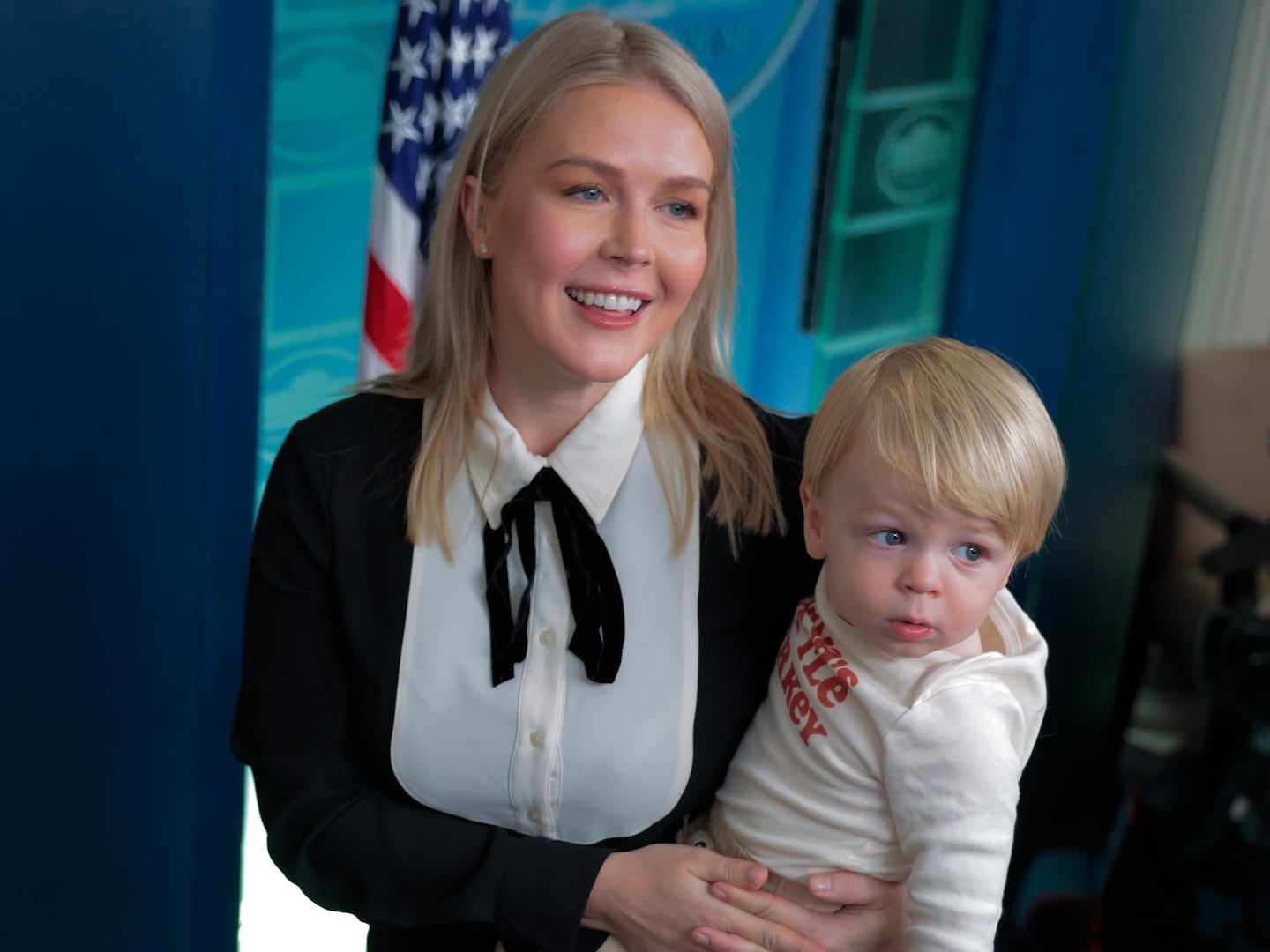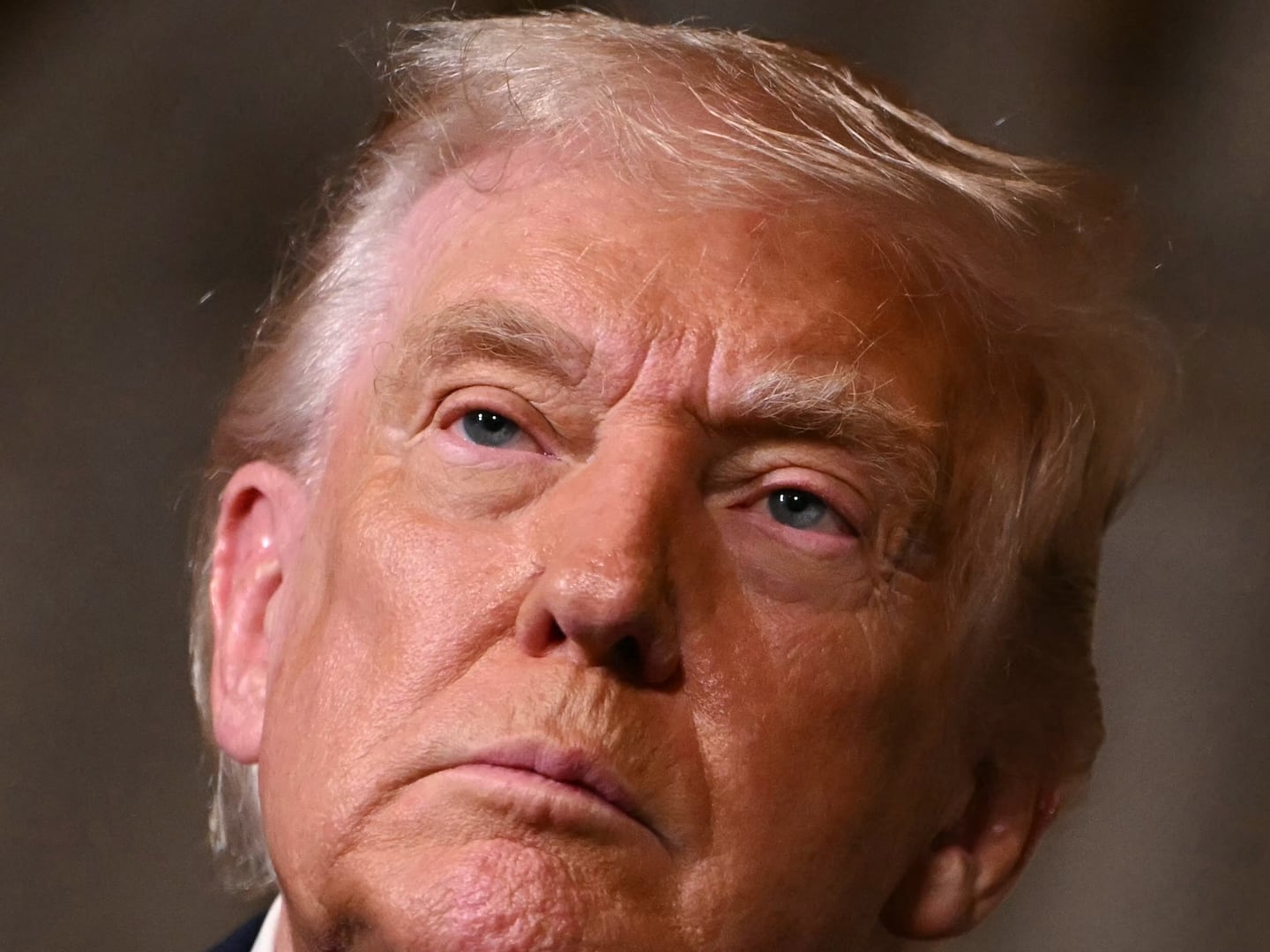LONDON — When is underwear sexist and when is it simply sexy? This question comes to mind viewing the men’s and women’s styles of Undressed: A Brief History of Underwear at the Victoria & Albert Museum in London, the largest-ever museum exhibition of underwear.
Somewhere between ogling the sexy-looking, push-up men’s briefs on display, known as the WonderJock, which were designed by a former beach bum, Sean Ashby, for his label AussieBum, and hearing about the discourse on women’s push-up bras, from the exhibition's research assistant Susanna Cordner—the bras apparently represent the height of sexism—this reporter began to wonder if the answer in fact lies within the relationship between power and underwear.
Or in the use of sex in the pursuit of money, helped along by sexy knickers (or boxers)? An introduction to the show says that it seeks to explore how morality has influenced the design of underwear.
The exhibition encompasses 200 display objects, and provides a brief history of the development of underwear from the 18th century to the present day.
Information boards provide sometimes amusing information. One British newspaper reported in the 1870s that the fashion for black silk underwear in Paris was like something out of a harem.
One rarely sees men’s underwear on show, outside of the bedroom or a gay club, but one-fifth of the exhibition is devoted to menswear, reflecting the percentage of menswear (compared to womenswear) held in the permanent fashion collection at the V&A, which holds one of the largest clothing collections in the world.

Does it diminish men to wear sexy underwear or empower them? Judging by the sight of the WonderJock underpants, it is the latter, but the use of, say, a push-up bra, or other underwear that makes a woman more sexual, has historically cheaper connotations, despite the often erotic results.
Underwear can also be empowering for girls too: just look at Madonna. If women were the ones that had all the money, perhaps it would be vice versa. Perhaps it would be men dressing to kill, both inside and out?
However, although “spornosexuals” like Cristiano Ronaldo and David Beckham have sold underwear using their sculpted physiques, the sexualization of men has not yet entered the mainstream conscience to the same degree that it has with women.
On display in the exhibit is a 1970s underwear catalog in which the male models are highly sexualized. “Arguably more than women, men are buying a package and an image on the box. The ad becomes big,” says Cordner. “Consider, also, a Dean Rogers catalogue on display here that appeals to the gay market or David Beckham,” she added.
The power of underwear “depends on who is telling the story,” opines Cordner. “We look back at corsets as being bad but women chose to wear them. I think it is very much about choice and the person. Push-up bras are seen as sexist, but underwired bras mean larger women can engage better in sports.”
“Undressed” also brings to light little known figures and facts, including, for example, that, once upon a time, men’s shirts were considered undergarments, and that the thong was developed in Los Angeles in the face of prudish, anti-nudism laws that still exist.

One of Cordner’s favorite designers on display is Roxey Ann Caplin, who won an award at The Great Exhibition in 1851, for a corset design. She went so far as to start gyms for ladies that she advertised with models wearing corsets.
“We think of gyms as being 20th century, but she set up gyms for women and showed them doing exercises in her designs,” Cordner says.
One of the other themes of the exhibit is to reveal how fashion and underwear are interlinked. One display explains how Stella McCartney has been influenced by her love for underwear. Another talks about how fashions changed when new materials for underwear developed.
“Fashions developed based sometimes on new materials for underwear that could give a more streamlined figure or allow, say, a miniskirt to be worn,” says Cordner.
One of the two floors is dedicated to showing how underwear had been used as outerwear or adapted by couture houses, like Jean Paul Gaultier or Antonio Berardi or Vivienne Westwood, into dress.
Another section examines how underwear has also been political, beginning with the 1960s demonstrations of nudity on stage and in the cinema, and feminists deciding that bras were an object of male oppression because they didn’t let women feel in touch with their own bodies.
While women’s undergarments, from crinolines to hoops, have long been used to enhance, lift and separate the different aspects of a woman’s body, the trend can now be found in menswear with designs that emphasize the crotch, lift the butt, and show off the torso.
The exhibition certainly provides a comprehensive and well-researched overview, filled with interesting tidbits, from the history of underwear, but the way it is staged is a little too linear.
How about placing the WonderJock next to the Wonderbra and including feminist reactions to both, or a crinoline or corset next to a thong or women’s boxers to show how far underwear has evolved?
As for highlights, one shouldn’t miss the long cotton drawers, worn by Queen Victoria’s mother; gender neutral briefs, or an austerity corset made of paper twine during World War I.
Quirky underwear examples include latex pieces from the House of Harlot or Juicy Couture pink sweat pants. Perhaps the tackiest items on show are some Swarovski crystal undies designed for La Perla to be visible beneath a white shirt and worn at parties.
Still, the most important question, perhaps, is how much of a role, underwear plays in one’s sex life? “Good nudity is key but underwear definitely helps,” says Cordner.
“Undressed: A Brief History of Underwear” is at the V&A, London, until March 12, 2017.






